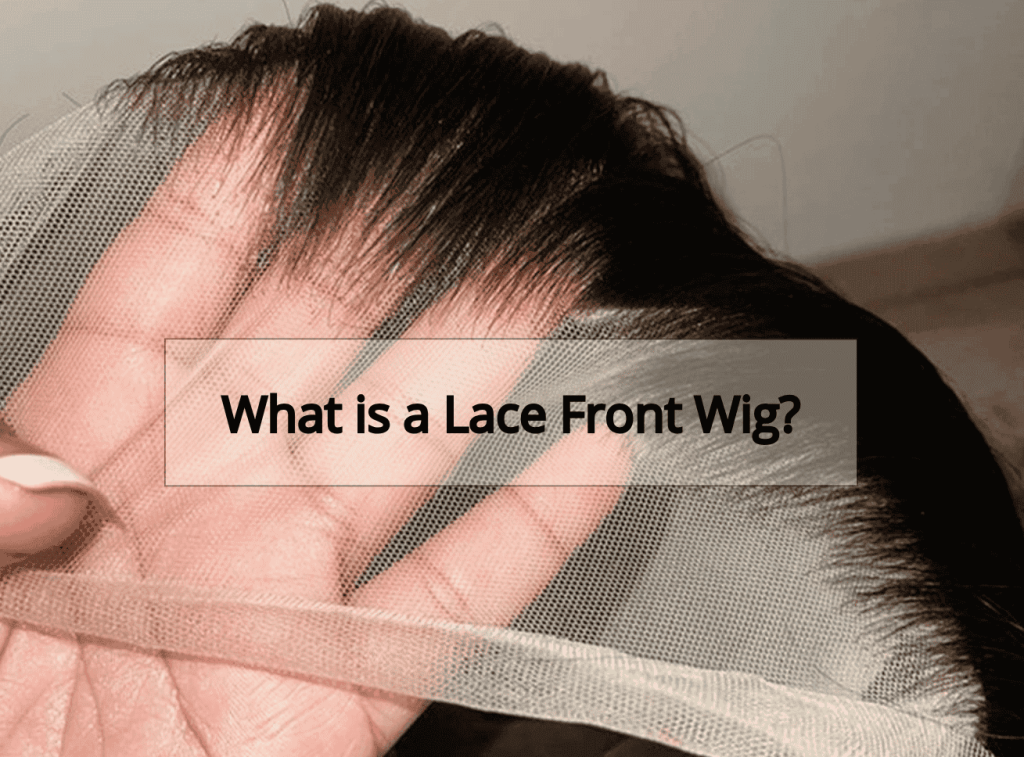Hair Knowledge
What Is a Lace Front Wig? Pros and Cons Explained
Lace front wig have become a staple in the beauty and hair industry for their seamless appearance and versatile styling options. Whether you’re a professional hairstylist or someone new to wearing wigs, understanding how lace front wigs work—and what makes them unique—can help you make more informed choices.
In this guide, we’ll break down exactly what a lace front wig is, how it works, and the pros and cons you should know before buying or recommending one.
I. What Is a Lace Front Wig?
A lace front wig is a type of wig that features a delicate, nearly invisible lace panel along the front hairline. Each strand of hair is hand-tied into the lace, creating the illusion that the hair is growing directly from your scalp. The rest of the wig cap is typically constructed from sturdier materials like machine-sewn wefts or elastic mesh, making the wig more durable and cost-effective than full lace versions.
What sets lace front wigs apart is their ability to deliver a seamless, natural-looking hairline that blends flawlessly with your skin. When properly installed, they’re nearly undetectable—even under high-definition cameras or in harsh lighting.
The lace portion typically spans from temple to temple, covering just the front of the wig. This allows for realistic parting and hairline exposure, while the rest of the wig is constructed for stability. Some high-end lace front wigs offer a 13×4 or 13×6 lace area, giving you more parting space to switch up your look.
Before wearing the wig, the excess lace is trimmed along your natural hairline. Then the wig is secured using adhesive, tape, or glueless options such as combs and elastic bands. Once installed, the lace blends into your skin, making the hair appear as if it’s growing from your scalp.
In short, lace front wigs are all about illusion and confidence—they give wearers the freedom to style, part, and wear their hair naturally, without sacrificing comfort or realism.
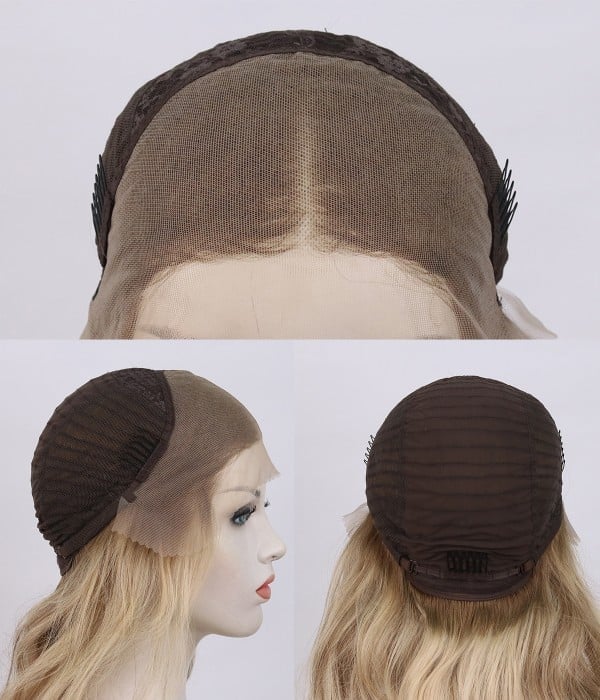
Key features:
-
A realistic hairline that mimics natural hair growth
-
Lightweight and breathable lace material
-
Often combined with a machine-made wefted back for durability
Lace front wigs are available in human hair and synthetic versions, with human hair offering the most natural look and the most longevity.
II. How Does a Lace Front Wig Work?
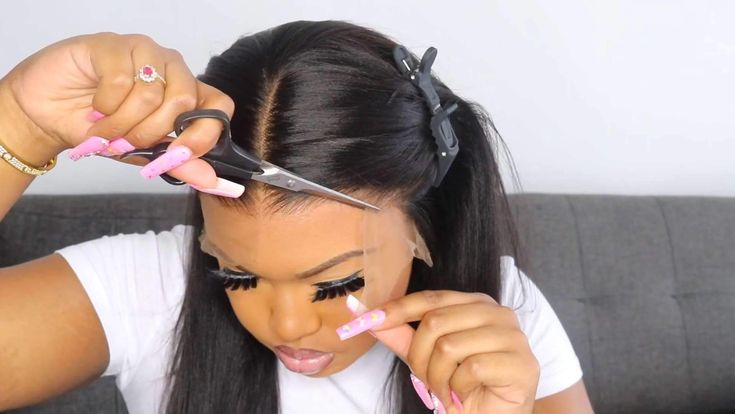
Lace front wigs are designed to replicate a natural hairline with minimal effort. The lace itself acts as a camouflage between your skin and the wig, making it look like the hair is growing directly from your scalp. But for this illusion to work flawlessly, both the structure of the wig and how you install it play key roles.
1. Lace Placement & Coverage
Most lace front wigs feature a 13-inch wide lace that runs from ear to ear and about 4 to 6 inches deep from the forehead toward the crown. This area allows you to:
-
Create natural-looking partings
-
Pull hair back from the face without exposing tracks
-
Style baby hairs or edges for a soft finish
The rest of the wig is made from a more durable material (like machine-sewn wefts), which supports the lace and keeps the wig secure.
2. Installation Techniques
There are multiple ways to install a lace front wig, depending on your lifestyle, skin type, and desired hold time:
-
Glue or adhesive: For a firm, long-lasting hold (up to 2–3 weeks), especially for active lifestyles or photoshoots. The lace is secured using special wig glue or gel adhesive that dries clear.
-
Wig tape: A clean and mess-free alternative to glue. Tape strips are applied to your forehead and the wig lace, offering strong grip and easy removal.
-
Glueless methods: Some lace front wigs come with adjustable bands, combs, and clips—ideal for daily wearers who want quick on/off application with no mess.
3. Blending the Lace
After applying the wig, the lace needs to blend seamlessly into your skin. Here’s how stylists usually achieve that:
-
Trim the lace carefully along your natural hairline
-
Use foundation or lace tint to match your skin tone
-
Lay baby hairs or edges to soften the transition
-
Use a melting spray or mousse to melt the lace into your forehead for an invisible look
4. Styling and Versatility
Once installed, lace front wigs offer remarkable styling freedom. You can:
-
Part your hair left, right, or center
-
Wear ponytails, buns, or half-up styles
-
Flat iron, curl, or wave the hair (if it’s made from human hair)
The lace front construction gives you the realism you need at the front, while the rest of the wig remains lightweight and breathable.
III. Pros of Lace Front Wigs
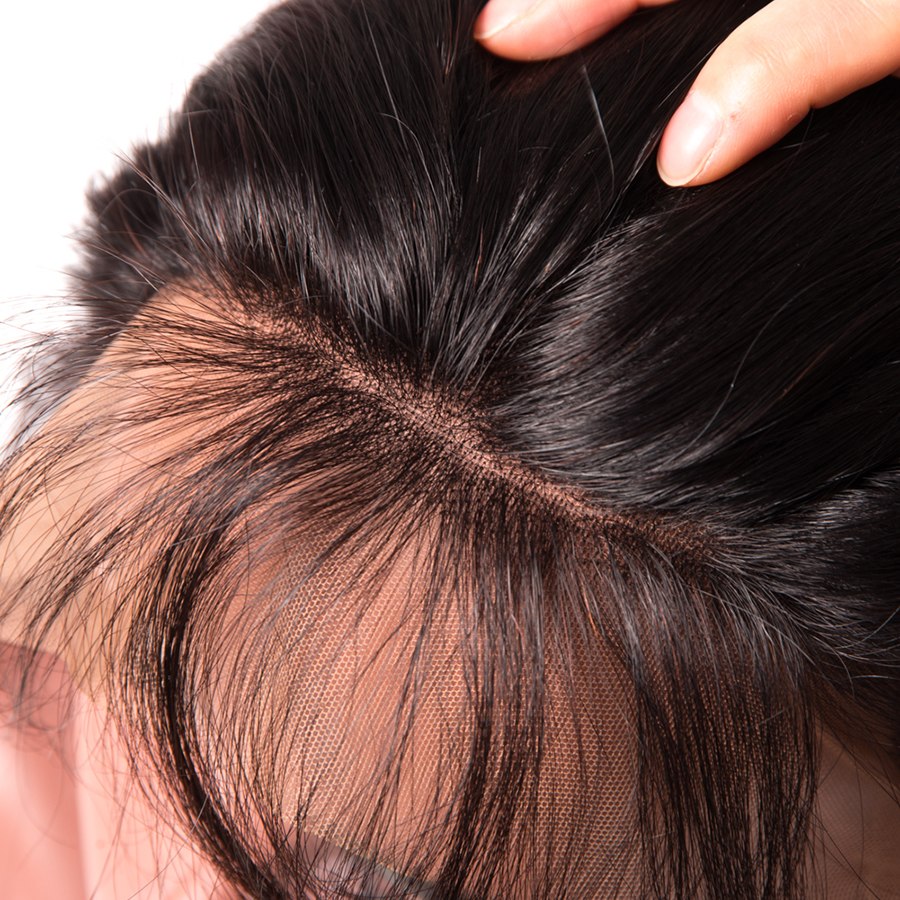
Lace front wigs have become the go-to choice for clients who want a balance of natural appearance, flexibility, and wearability. Below are the standout benefits that make lace front wigs one of the most sought-after options in salons and at home.
1. Ultra-Natural Hairline
The lace material used in the front mimics the scalp, allowing hair to appear as if it’s growing directly from the skin. Whether parted in the middle, on the side, or styled with baby hairs, the effect is ultra-realistic—ideal for clients who want a seamless, undetectable finish.
2. Versatile Styling Options
Unlike traditional wigs, lace fronts let you part your hair freely across the lace area—side, center, or deep part. You can also style the hair away from the face (e.g., half-up buns, ponytails), offering creative flexibility that’s hard to achieve with standard wefted wigs.
3. Breathable and Lightweight
The lace material is thin, soft, and allows air to pass through easily. This makes lace front wigs a more comfortable option—especially for clients who wear wigs daily or in warmer climates.
4. Customization-Friendly
Lace front wigs can be tinted, plucked, styled, and trimmed to suit the client’s unique face shape and preferences. Stylists can:
-
Pluck the hairline for a more natural density
-
Tint the lace to match any skin tone
-
Customize the cut and layers as needed
5. Ideal for Hair Loss or Thinning Edges
Because the lace can be positioned slightly forward, lace front wigs are ideal for those experiencing:
-
Thinning hairlines
-
Alopecia
-
Temporary hair loss due to medical treatment
They provide full front coverage while remaining breathable and gentle on the scalp.
6. Wide Range of Options
Available in a variety of textures (straight, body wave, curly), lengths, lace types (transparent, HD, Swiss), and densities—there’s a lace front wig to match nearly every client profile.
IV. Cons of Lace Front Wigs
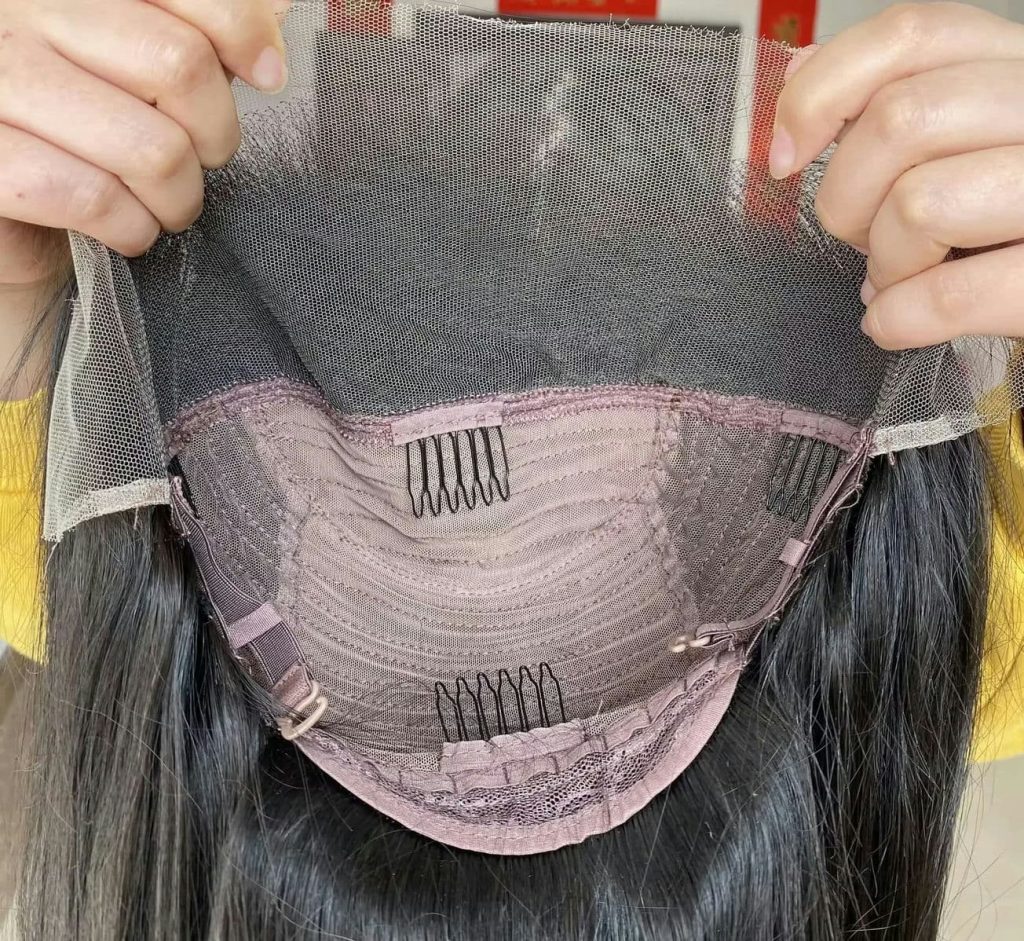
While lace front wigs offer numerous advantages, they also come with a few limitations that both stylists and wearers should be aware of. Understanding these drawbacks will help you make informed decisions when recommending or wearing lace wigs.
1. Requires Professional Installation for Best Results
Although lace front wigs can be applied at home, achieving a flawless, secure, and long-lasting look usually requires professional installation. Mistakes like visible lace lines, improper adhesive placement, or poor blending can compromise the natural appearance.
💡 Tip: Many salons offer lace customization services including bleaching knots, plucking hairlines, and lace tinting to help clients achieve a perfect result.
2. Limited Styling in the Back
Unlike full lace or 360 lace wigs, lace front wigs only have lace at the hairline. This means:
-
You cannot part the hair freely at the back or sides.
-
High ponytails or buns may expose the wig cap or wefts, which can break the illusion of natural hair.
They’re great for down styles and half-up looks—but not ideal for full updos.
3. Can Be Time-Consuming to Install and Remove
Applying lace adhesive, cutting the lace, melting it into the skin, and ensuring a snug fit takes time. Similarly, removing the wig requires care to avoid damaging edges or leaving glue residue.
This isn’t the quickest “put-on-and-go” option compared to glueless or headband wigs.
4. Needs Careful Maintenance
To preserve the lace and adhesive bond:
-
Avoid excessive sweating, water, or oil-based products near the hairline.
-
Gently clean the lace with proper products to avoid buildup or damage.
-
Sleeping without a satin bonnet or scarf can cause the lace to lift or tear.
🔧 Regular touch-ups may be required every 1–2 weeks, especially for glued applications.
5. Shorter Lifespan If Not Cared for Properly
Lace is delicate. Without proper care, the lace can fray, tear, or discolor—shortening the lifespan of the wig. This makes proper storage, gentle handling, and regular cleaning essential.
Conclusion
A lace front wig is one of the most popular and effective ways to achieve a natural-looking hairstyle without compromising your own hair. With their realistic hairline, comfortable wear, and styling versatility, lace front wigs are ideal for professionals and beginners alike.
However, like any beauty investment, they come with a learning curve and care requirements. If you’re willing to put in the time to learn and maintain it properly, a lace front wig can be one of the most rewarding additions to your hair routine.

